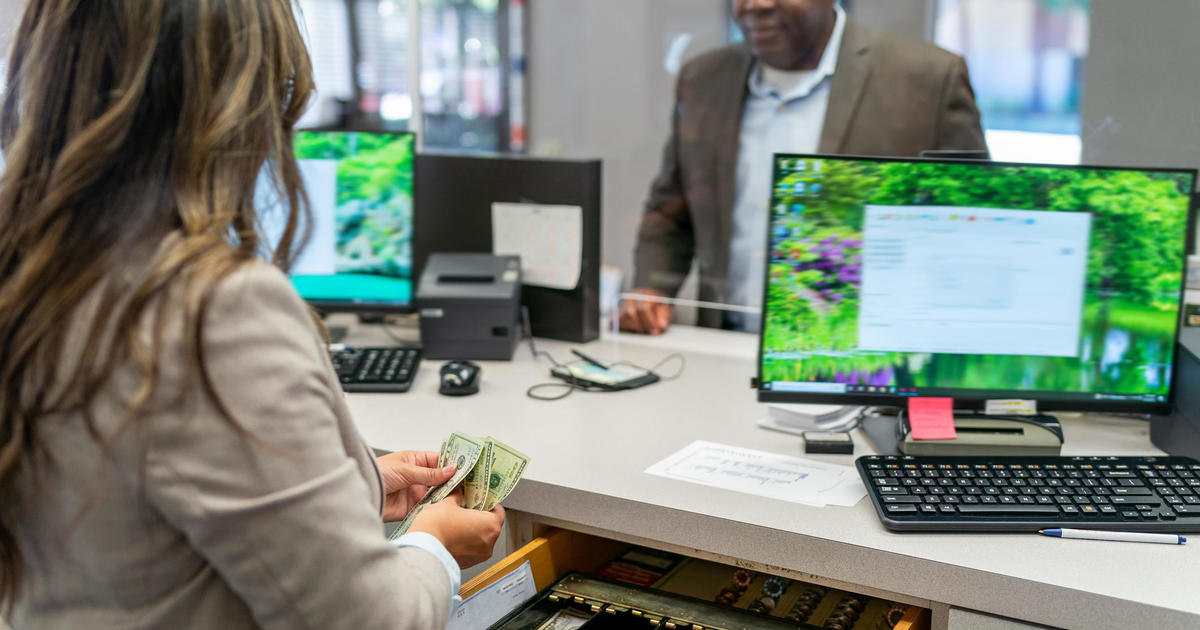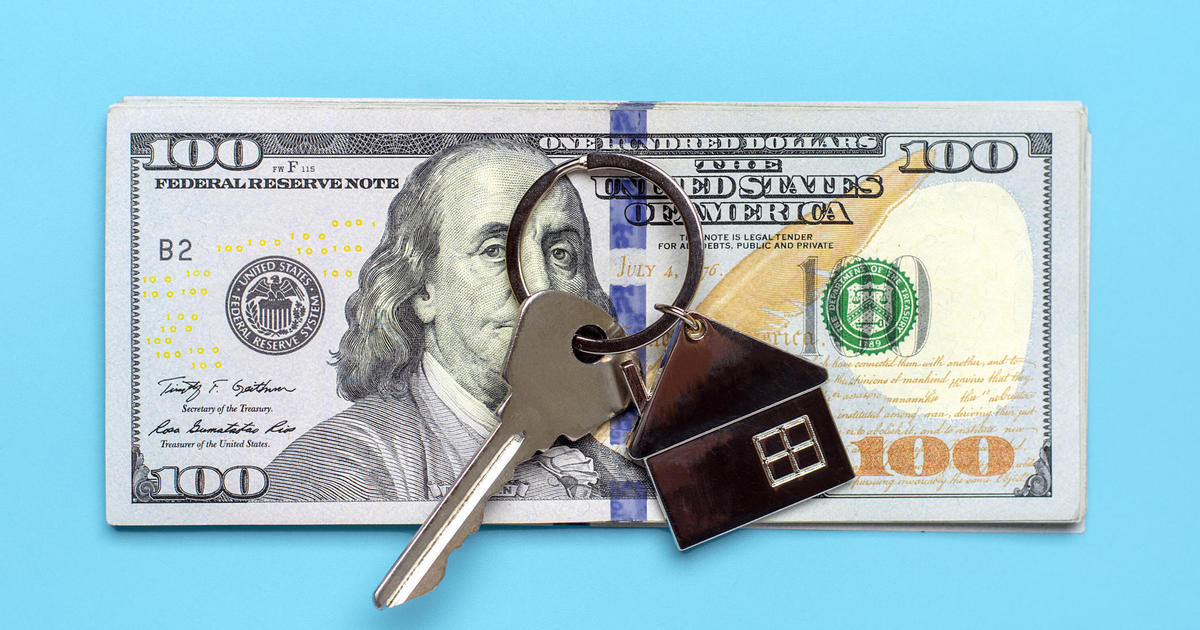High-yield savings accounts vs. money market accounts: What's the difference?
It's a good time to take stock of your finances — particularly how much you have stowed away for a rainy day. In fact, with today's economic climate, high inflation and a potential recession around the corner, a well-stocked savings account could be critical in the years to come.
But there are many ways to achieve that, including high-yield savings accounts and money market accounts — both of which have seen rising interest rates in recent months. The two aren't one and the same, though. Which should you use depends a lot on you personal savings goals. Start by exploring your high-yield savings account options here to see how much more interest you could be earning.
What's a high-yield savings account?
High-yield savings accounts are bank accounts that offer a higher APY than traditional savings accounts do. Currently, the average savings account carries an interest rate of just 0.42%, according to the FDIC. High-yield savings account interest rates, on the other hand, often go up to 4% or more.
"The high-yield savings account is a deposit account that pays interest monthly but may be subject to a certain number of withdrawals per month," says certified public accountant and financial planner Sallie Mullins Thompson. "It's best used for emergency funds."
High-yield savings accounts sometimes come with withdrawal limits, though you can add money at any time as needed. You typically can't get a debit card with a high-yield savings account.
What's a money market account?
Money market accounts are another type of bank account designed for saving up. They also offer higher interest rates than are typically offered on traditional savings accounts. According to the FDIC, the current average is 0.61%.
With money market accounts, there may be a limit to how many withdrawals or transfers you can make in a month. Still, they usually come with a debit card and allow you to write checks from your account. Sometimes, they may come with maintenance fees.
"Money market accounts are best for parking cash that is needed in the short term — less than one year up to three years," Mullins Thompson says.
How are the accounts similar?
The most notable similarity between high-yield savings and money market accounts is that they offer higher APYs than you can get with many other financial products, save for some long-term certificates of deposit.
Both money market accounts and high-yield savings accounts are also FDIC-insured, meaning if your bank goes out of business, you'll get your money back — at least up to the limit of $250,000 (for solo accounts) or $500,000 (for joint accounts).
Finally, both types of accounts may limit the number of withdrawals you can make in a certain period, though this isn't always true. In both cases, you can add funds as needed.
How are they different?
One big way these accounts differ is in the access they allow. High-yield savings accounts typically won't come with debit cards, while money market accounts will.
"The ability to use a debit card is a major pro of money market accounts," says Bradley Thompson, a chartered financial analyst with the New Canaan Group.
Additionally, money market accounts often come with large account minimums. High-yield savings accounts, however, typically don't require a large sum of money to open the account and many have no minimum at all.
Combine efforts
You don't have to necessarily choose one account or the other. In fact, Thompson says, using a combination of both could be helpful, depending on your goals.
"Typically, we recommend holding 12 to 18 months in cash to meet any ongoing needs," he says. "First, hold enough to pay a few months' expenses in a bank account and six months of emergency expenses in a HSYA. Then, a money market account can be used to park any extra investment cash or funds for short-term projects, like replacing a roof in a few months."
You can also add CDs — or a CD ladder — to the mix if you want to grow your funds for the long haul. "CDs are used for longer-term liquidity for the remaining 12 months of cash," he says. "Investors can set them up in a ladder where one matures every few months and is reinvested if the money is not needed."
Explore your CD options here now to see how much more you could be earning on your savings.




